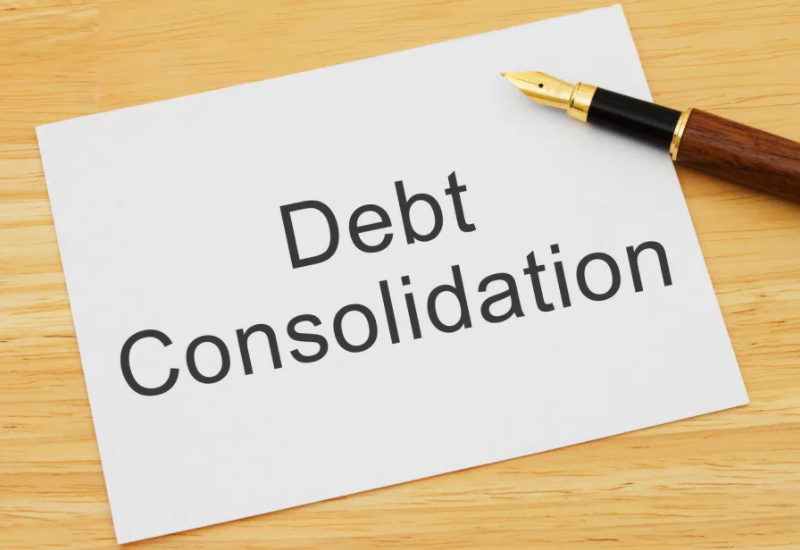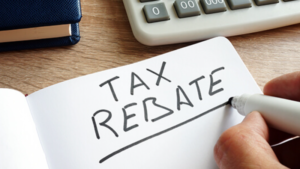You’ve run the numbers and realize your debts are way out of hand, particularly your credit card obligations. It’s all just too much. But you do have options. Here are some strategies for dealing with mounting debt.
Signs That You Have Excessive Debt
Before we deal with strategy, here are some signs that you have too much debt. First up is postponing paying bills, or juggling bills, because you have insufficient funds to cover your liabilities.
It’s also a bad sign if you use credit cards or payday loans to purchase necessities or pay rent, or if you get a cash advance from one credit card to make a payment on another. Avoiding speaking with creditors over the phone is another indicator, as is squabbling with family members about debt.
Ways To Deal With Debt
Consolidate it. If your credit score is good and you have multiple unsecured obligations – from credit cards, for example – consider applying for a debt consolidation loan.
This process entails combining all your debts into one and getting a loan to cover them. This way, you make a single payment monthly of the same amount, versus several payments of varying totals. For it to make sense, the loan should carry a lower interest rate than what you’re paying on existing debt. You should also have your spending habits under control. Information about debt consolidation at www.freedomdebtrelief.com can help.
Find more income. Think about selling unneeded assets or getting a side “gig,” or creating an online resource. Start a service business or perhaps host an event.
Lower expenses. Examine your monthly outlays and determine where you can slash costs. Perhaps you don’t really need that magazine subscription or pricey gym membership. You could also try to get a more affordable cell phone plan, prepare more meals at home, lower thermostat settings, and shop at thrift stores.
Talk to creditors. It’s tempting, if you can’t afford to pay, but ignoring your creditors is a bad idea. In fact, you should initiate contact with them, explain your situation, and see if you can arrange lower payments or interest. Get all agreements in writing and check your credit reports to see how modified payments are reported.
Consider credit counseling. You may need to contact a nonprofit credit counseling agency for help with budgeting or to join a debt management program.
Speed debt repayment. You can use a tool such as powerpay.org to establish a schedule to pay down debt more quickly by adding more money to payments. Whenever you get extra cash, instead of blowing it on something you don’t need, add it to a payment. You’ll be glad you did.
Surrender assets. This is a toughie, but if the reality is that you are going to lose an unaffordable asset, like your vehicle, you should preempt that by voluntarily turning it in. Doing so saves on repo fees and having a repossession cited on your credit reports.
Consider bankruptcy. You may want to meet with a lawyer if your debt load is substantial. There are two types of bankruptcy: Chapters 7 and 13. Chapter 7 calls for a court-appointed trustee to oversee liquidation of your assets, with proceeds going to your creditors. Usually, remaining outstanding debt is discharged when bankruptcy is filed.
Meanwhile, Chapter 13 allows you to keep your property in exchange for a three- to five-year debt repayment plan negotiated by your attorney and the bankruptcy court.
Now that you have in hand some solid strategies for dealing with debt, you can work your way through the list and see what you can do to put yourself in a better financial situation – and stay there.
Latest posts by Nirupama Verma (see all)
- What is Corporate Gifting and Why is It Important? - November 8, 2023
- Top 5 Benefits of Synthetic Liquids That You Did Not Know - December 24, 2022
- Pin up Review - September 23, 2022




